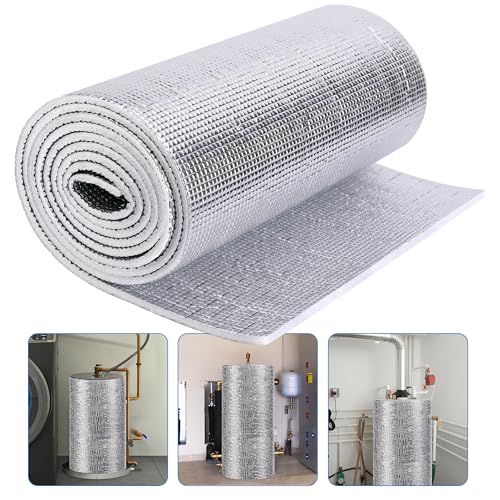jeff.sani
New Member
I have implemented pressure balancing loops for shower jets before in bathroom renovations. It got me thinking about this principal for an entire home. If you have 3/4 mains that run the length of the house and all the fixtures are tapped off of these, wouldn't it be advantageous to have return loops at the ends of the mains to balance out the pressure to reduce pressure differences between fixtures at opposite ends of the mains? I did not find much googling around on this topic other than the application of this type of design for shower jets. Is this idea crazy?
Last edited:






















































